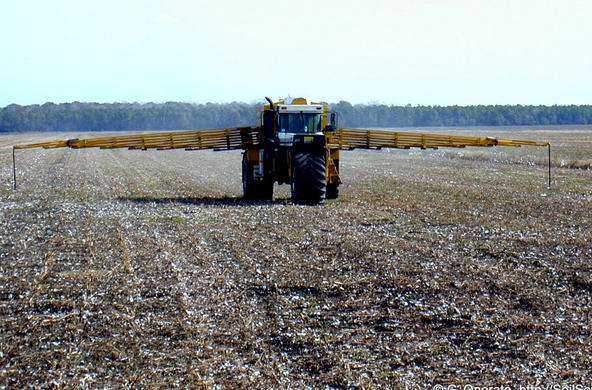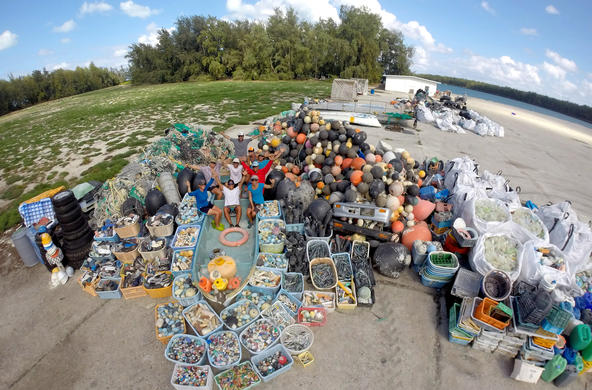In the pursuit of food security and abundance for the world’s rising population, it seems we are fouling our own nest. Pesticides are big business. One recent report finds that 64% of agricultural land worldwide is contaminated by more than one pesticide and 31% contains pesticide residues that are more than 1000 times higher than threshold levels of known impact. We have replaced the natural processes that control insect populations in diverse agriculture settings with a cocktail of artificial chemicals designed for crops grown in monoculture. Herbicides are designed to kill everything but the crop.
We may applaud recent statistics that show a leveling of pesticide use in the United States, even as global applications increase due to an increasing amount of agricultural land. Unfortunately, the use of pesticides in kilograms per acre or total kilograms per year hides an important characteristic of pesticides—their toxicity. Declining overall applications of pesticides are associated with an increasing virulence of their effect on target species. A recent study finds that toxicity, especially to insects, has increased significantly in the past decade—during the same time in which we have seen reports of declining abundance of pollinators and other insects of value to humans and biodiversity.
Neonicotinoids, staunchly defended by their producers, are increasingly linked to mortality in bees and other non-target organisms. A recent review of the small number of studies examining health effects of neonicotinoids on humans found significant incidence of neurological and developmental impacts—not surprising given that the compound interferes with both human and insect physiology in a similar manner.
The most widely used herbicide, atrazine, is a classic example of the tradeoffs that we face in environmental issues: a chemical that is useful to the farmers who grow our food, enormously profitable to the companies that produce it, yet potentially threatening to humans who are directly and inadvertently exposed. Is its continued use a risk to human health, or are the risks to food prices and corporate profits more important?
Don’t let statistics of declining pesticide use fool you; it is the toxicity of what is used that will get you.
References
Bernhardt, E.S., E.J. Rosi, and M.O. Gesner. 2017. Synthetic chemicals as agents of global change. Frontiers of Ecology and Environment 15: 84-90.
DiBartolomeis, M., S. Kegley, P. Mineau, R. Radford, and K. Klein. 2019. As assessment of acute insecticide toxicity loading (AITL) of chemical pesticides used on agricultural land in the United States. PLoS One doi: 10.1371/journal.pone.0220029
Schulz, R., S. Bub, L.L. Petschick, S. Stehle, and J. Wolfram. 2021. Applied pesticide toxicity shifts toward plants and invertebrates, even in GM crops. Science 372: 81-83.






